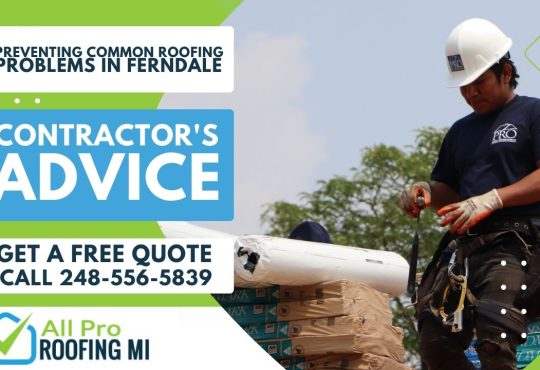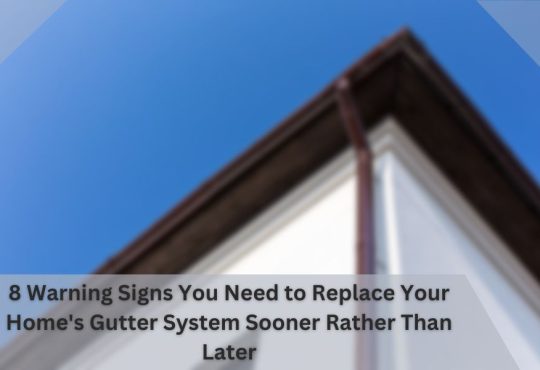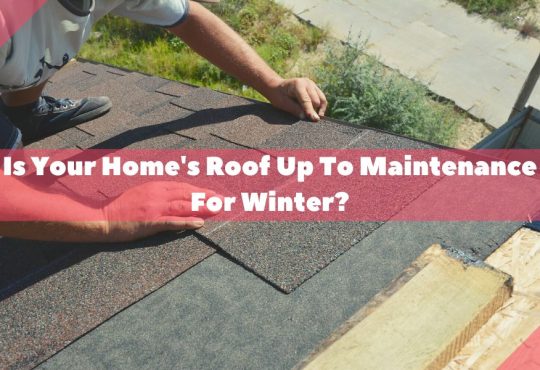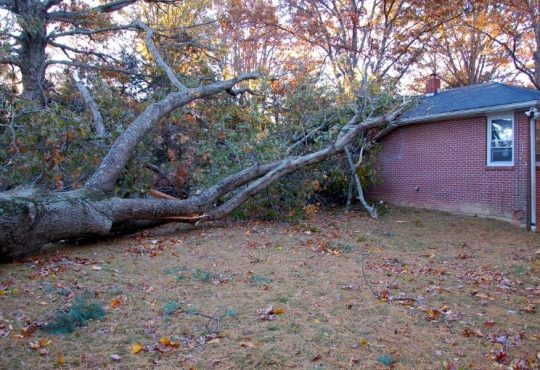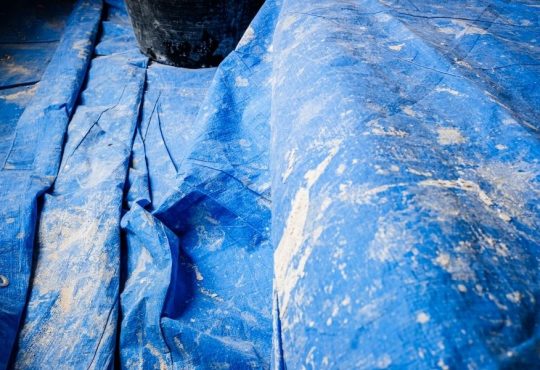
Winter in Downriver Michigan can be particularly damaging to roofs, as snow and ice can cause a variety of problems, leading to what can become costly roof repairs. Homeowners should be aware of the five most common roof repairs in Downriver Michigan that can occur from neglecting to maintain their rooftop after winter.
In order to ensure your roof is in good working order the first thing you’ll need to do is take a look at the overall condition of your roof. This can be done from the ground level and can help you determine if there are more serious problems going on with your roof. If you do find any type of problems on your roof, it’s best to call a professional roofer to do a full roof inspection and make any repairs that are needed. With that being said, here are some things you should look for:
Missing or Damaged Shingles
Winter weather can make shingles on your roof come off or get broken. This happens when the snow and ice get heavy on top of the roof and shifts or slides. The weight can make shingles fall off or break them under this pressure. It can also make shingles raise up which can allow water to seep beneath them.
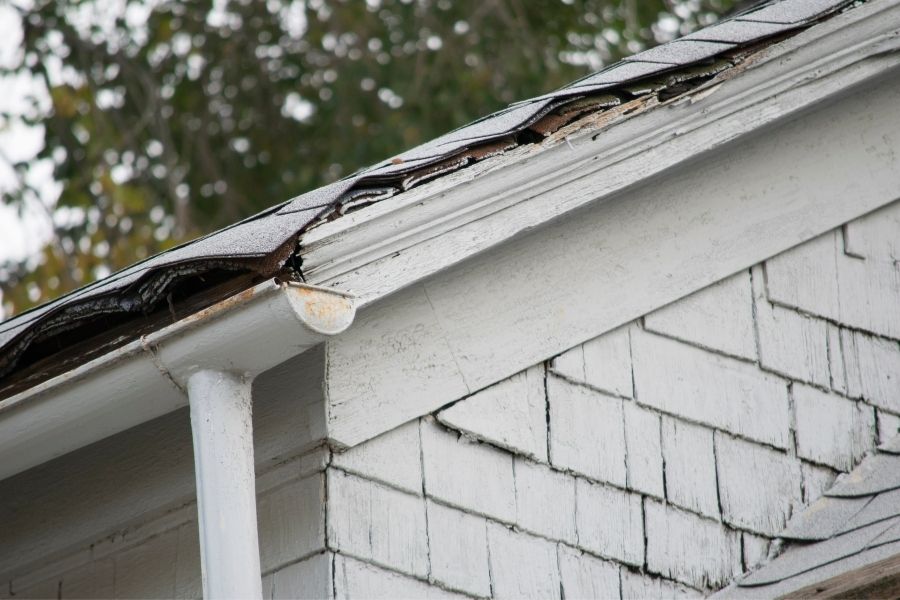
Roof Leaks and Water Damage
Snow and ice can cause problems on roofs. They can make shingles fall off or break them. The weight of the snow and ice can also push up the shingles which lets water come in under them. This can cause leaks and water damage on roofs. These roof leaks and water damage will likely show up first in your attic. Look for areas in your attic which show signs of a recent roof leak.
Roof Ice Dams
Roof ice dams form when snow melts on a roof but is blocked from running off by frozen portions of the shingles, forming a dam. This can cause water to collect in pools along the eaves and even flow into your attic or wall cavities. Ice dams are most common on roofs that have improper ventilation and/or insulation, as well as roofs with insufficient roof slope. Another problem that can lead to a roof ice dam is clogged gutters and downspouts which can lead to a roof ice dam as well.
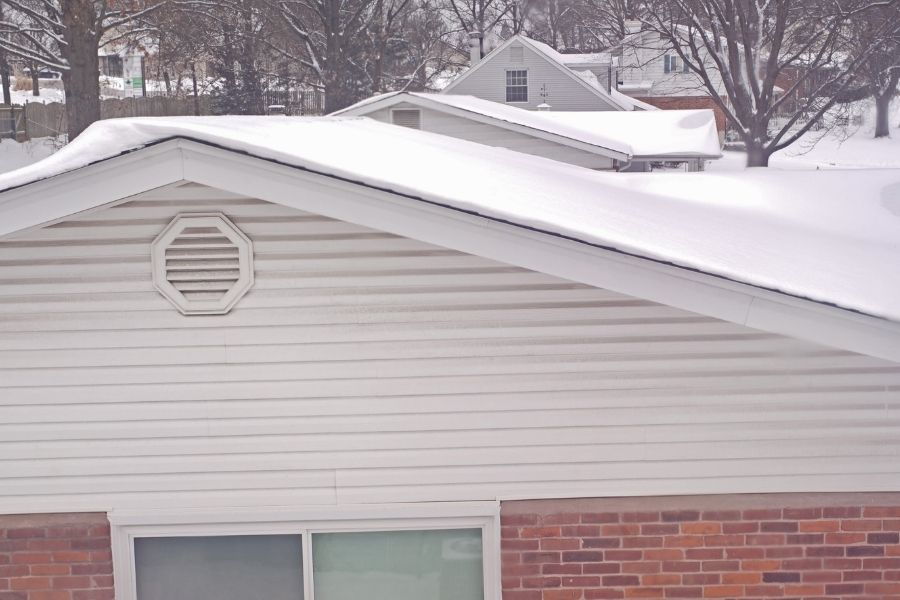
Damaged Flashing
Flashing is a thin metal strip used to help strengthen weak areas at the joints of your roof, like valleys and around chimneys. When these are exposed to harsh winter weather – such as snow, wind and rain – they can become loose or even corrode away entirely. If the flashing is exposed and sealed with roof cement or tar the extreme temperatures can cause shrinking during winter and expanding during summer which can lead to cracked seals and metal fatigue which can lead to a roof leak.
Clogged Gutters
Gutters are an essential part of a roof’s system to protect it from water damage and leakage. During the winter months, gutters can become clogged with debris such as leaves and branches that have fallen into them. This clog can cause water to back up at the roof’s edge, which in turn can cause a roof leak or a roof ice dam. To keep your gutters working properly and to help avoid a roof leak, make sure to clean out your gutters regularly.
Conclusion
Winter in Downriver Michigan can be particularly hard on roofs, with heavy snow and ice causing damage that can lead to costly roof repairs. The five most common roof repairs needed after winter in the Downriver Michigan area are missing or damaged shingles, roof leaks found in the attic, and water damage, roof ice dams, damaged flashing and clogged gutters.
If you’ve noticed any sort of problems on your home’s roof it’s best to call a licensed and qualified roofing contractor to make a full roof inspection as soon as possible. One of the best roofers that offers fast roofing services is Downriver Roofers. Give Downriver Roofers a call today at (734) 548-9919 for roof repairs or a roof inspection on your home’s roof.



